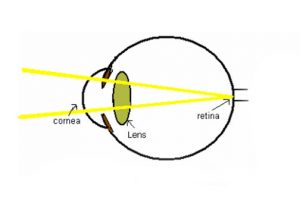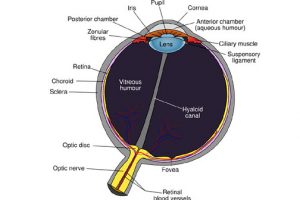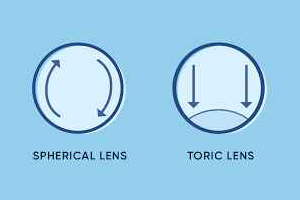
Anterior Segment
July 17, 2022Evaluating CTL Fits
Associated Courses
$15.00
This course is in power point format and includes multiple simulations to aid you in the understanding of how to evaluate contact lens movement, centration, and fluorescein patterns that you will observe in the slit lamp.
It is intended for beginner and intermediate levels and covers information regarding the evaluation of contact lens fits. It is presented online through Eye-Courses.com.
Please note that this course is presented in power point format and contains computer simulated examples that may not display properly on mac computers. We recommend viewing this course on a PC.
Prerequisites
Before taking this course, it is recommended to have knowledge of the following:
- Transposition from plus cylinder to minus cylinder
- Calculation of sphere-cylinder equivalent
- How to determine the appropriate initial trial lens for soft sphere, soft toric and RGP contact lenses
Upon completion of this course, the student should have knowledge of the following:
- The 2 main types of contact lenses
- The main contact lens materials
- The main properties of soft contact lenses including thickness, water content, and oxygen permeability
- The parameters that must be included in a contact lens prescription
- The average diameter of a soft contact lens
- Soft contact lens base curves (flat vs steep)
- How to properly evaluate a soft spherical contact lens fit
- How to evaluate for appropriate centration, movement, and coverage of a soft contact lens
- Adjustment of initial trial lens Rx based on over-refraction for a soft spherical contact lens
- Insertion and removal of a soft contact lens
- Wear schedule for a new soft contact lens wearer
- How to properly evaluate a soft toric contact lens fit
- How to apply the LARS rule with soft toric contact lens fits
- Adjustment of initial trial lens Rx based on over-refraction and position of the hash marks for a soft toric contact lens
- The difference between evaluation of soft lenses vs RGP lenses
- How to evaluate for appropriate centration and movement of an RGP lens
- Evaluation of fluorescein pattern for an RGP lens
- Identification of flat vs steep vs alignment fluorescein patterns for RGP lenses
- How to adjust for a flat or steep RGP lens fit
- Insertion and removal of an RGP lens
This course should take approximately 1.5 hour to complete.
This course has been approved by the AOA Commission on Paraoptometric Certification (CPC) for continuing education credit for use toward paraoptometric certification renewal.
Related products
-
Optics Overview
$20.00 -
Advanced Anatomy
$15.00 -
Soft Toric Fitting
$15.00




